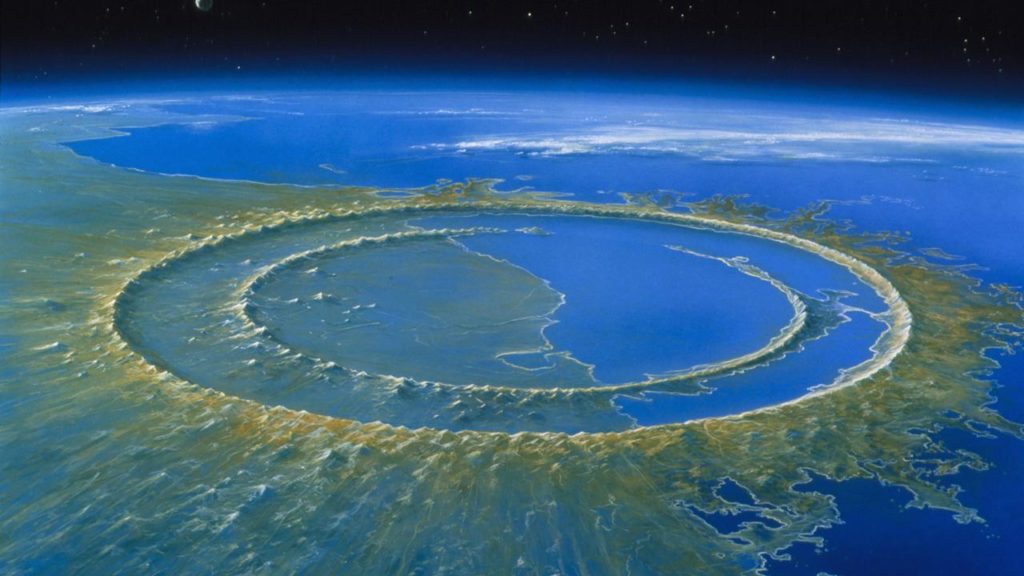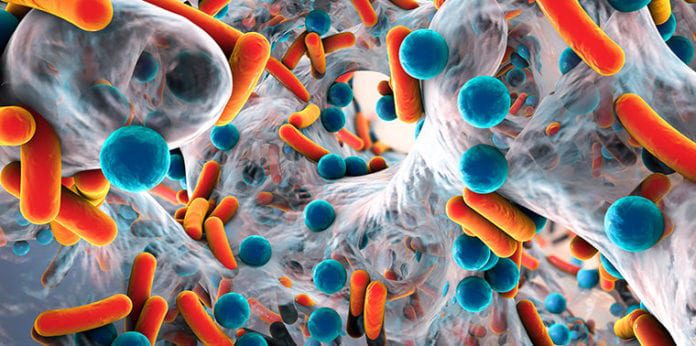Ancient life has always been a topic of interest for scientists around the world. They have tried to collect as much evidence of the existence of these ancient creatures as possible to recreate what they looked like and what they behaved like when they moved around freely on this planet. Dinosaurs are a very good example of an ancient form of life that can only be found in museums and our imaginations. The bulky fossils that remain of these cold-blooded lizards are among the few windows into their time on Earth.

In a new development in this field, researchers have pointed out in a new study that the Chicxulub crater was host to a big network of hydrothermal vents, which probably served as a refuge for microbial life. This discovery connects to the larger question that the researchers cannot seem to answer. How did life survive the devastating impacts of meteors and asteroids, which shaped the very topology of our planet? Some have hypothesized that these forceful impacts might have created chambers and pathways which would have been full of the mineral-rich water. It could have been the source of sustenance for whatever life sought refuge there.
This idea is called the impact origin of life hypothesis. The latest study has been published in the journal Astrobiology and has David Krug from the Lunar Planetary Institute as its lead author. The new study uses evidence from the International Ocean Discovery Program and the International Continental Scientific Drilling Program. This study was specifically based on about 15,000 kilograms of rock retrieved from a bore-hole 1.3 km deep in the Chicxulub crater ring. The team found tiny spheres of pyrite called framboids in the sample. These framboids contain isotopes of sulfur, and these isotopes show microbes formed them.
Further investigation into this ancient microbial ecosystem revealed that chemical reactions fulfilled the energy needs of these microbes. They converted sulfate in the fluids available into sulfide, which was then preserved as pyrite. These microbes would have closely resembled the microbes of today, which populate the extreme environments. The researchers claim that these microbes persisted for millions of years after the impact, and the microbes present in the crater ring today are direct descendants of these ancient microbes.

The discovery has answered many questions that were considered hard to answer by researchers until just now. It provides proof that heavy impact from outside can also provide ways for different life forms to survive. The extensive modeling of the vent systems shows that they were long-lived enough to support the evolutionary processes in these ancient life forms. What other question will this line of questioning answer? That remains to be seen.
Further Reading:


